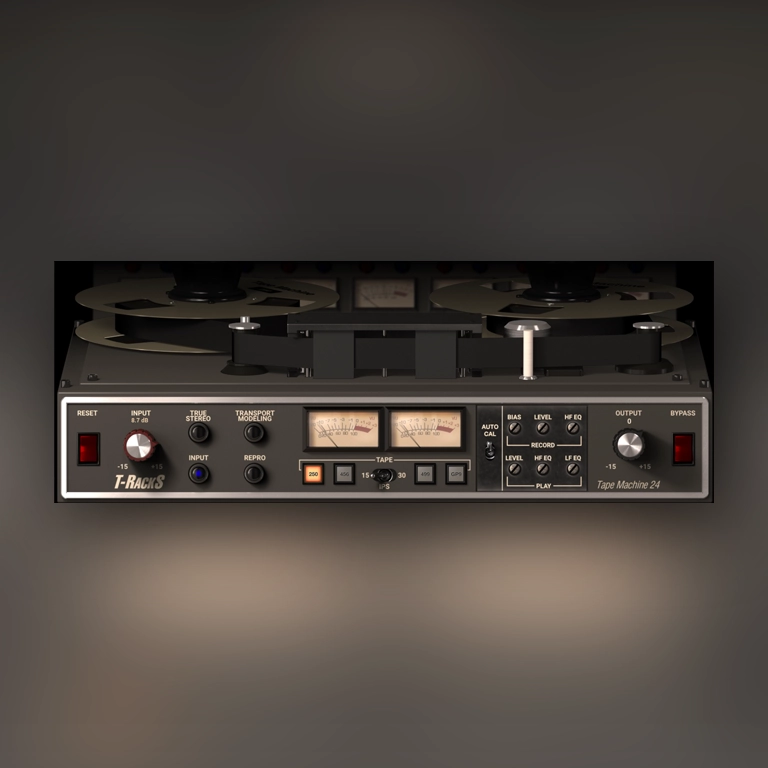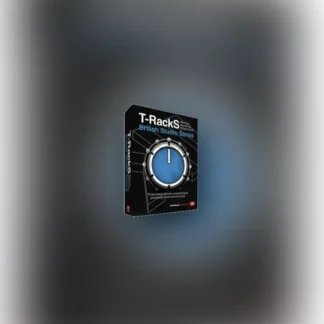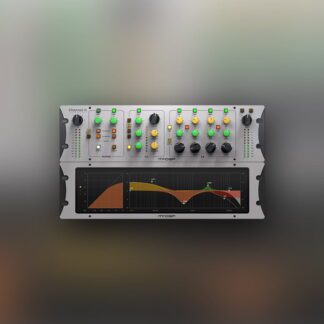T-RackS Tape Machine JH24
$99.99
About IK Multimedia T-RackS Tape Machine JH24
The IK Multimedia T-RackS Tape Machine JH24 is a meticulously crafted plug-in that emulates the iconic MCI JH24 analog tape recorder, renowned for its pristine, phase-coherent, and true-to-source audio performance. This plug-in brings the classic warmth and cohesion of analog tape to your digital audio workstation.
- Authentic emulation of the MCI JH24 tape machine, a studio staple from the 1980s
- Utilizes dynamic convolution and physical modeling to replicate the complex interplay of tape recording effects
- Offers selectable tape formulations, including 3M/Scotch 250, Ampex 456, Ampex 499, and Quantegy GP9
- Adjustable parameters such as tape speed, bias, and transport modeling for precise tonal shaping
- Compatible with T-RackS CS Standalone application and as a plug-in in various formats
Ideal for multi-tracking, mixing, and mastering, the T-RackS Tape Machine JH24 imparts a cohesive and polished sound to your music productions.






